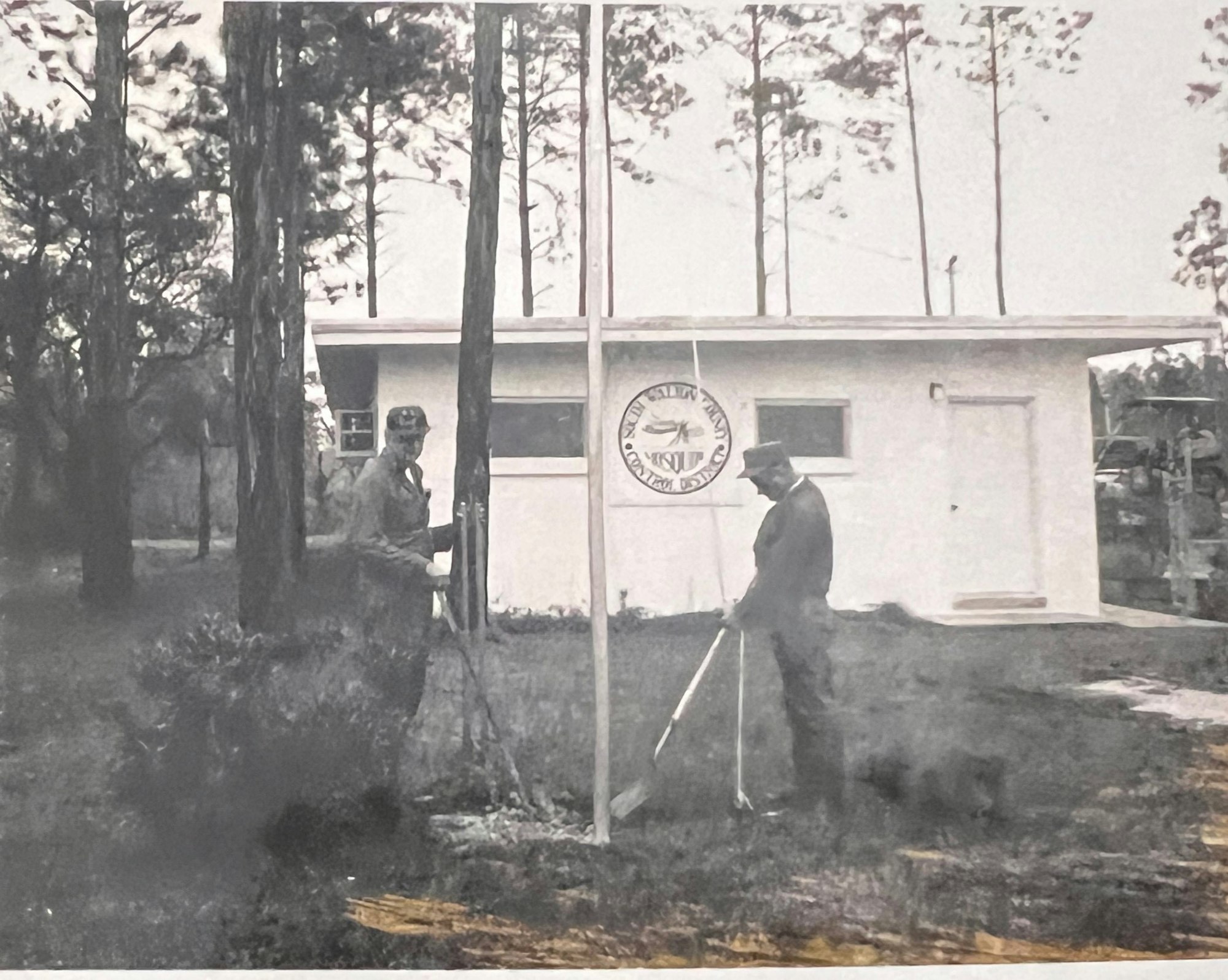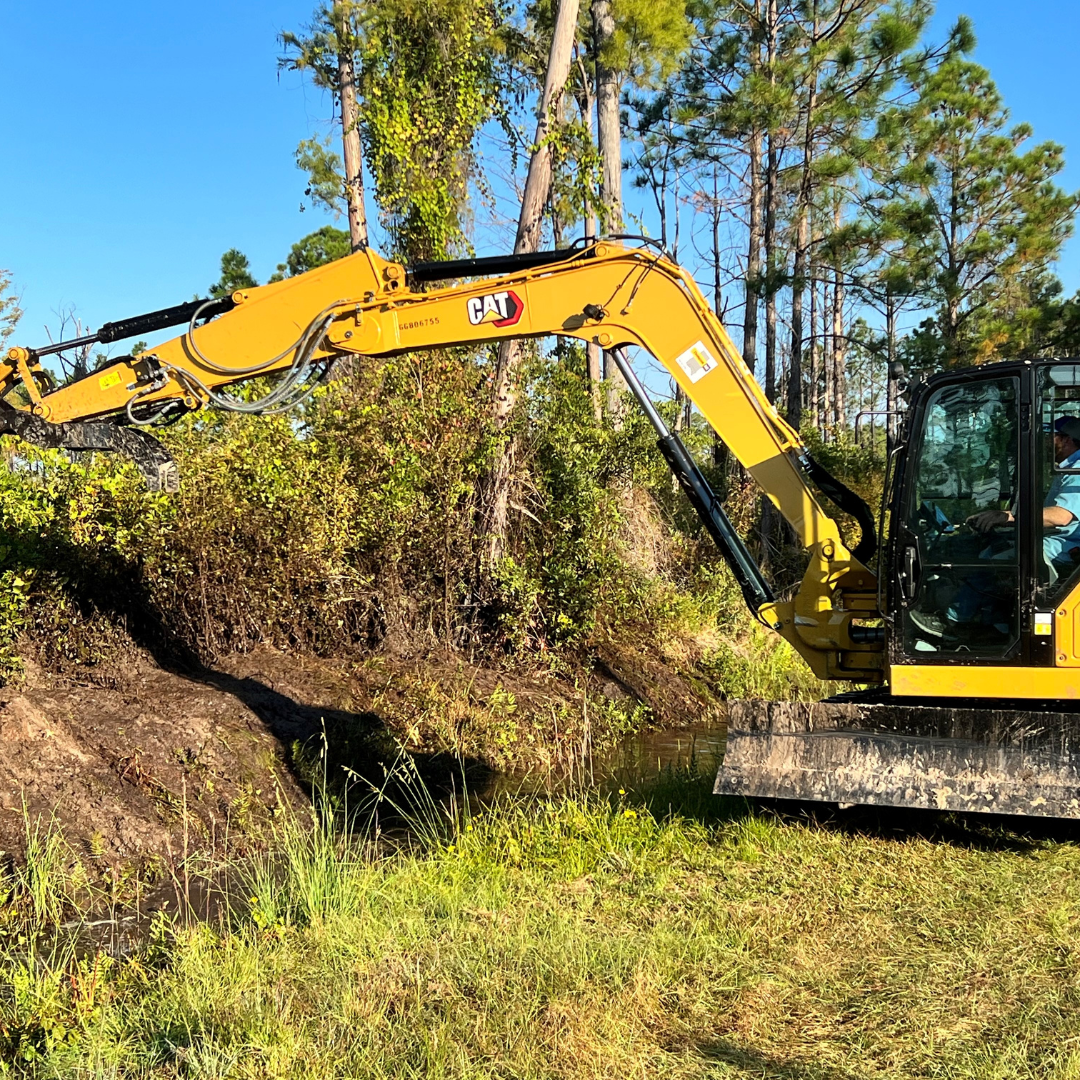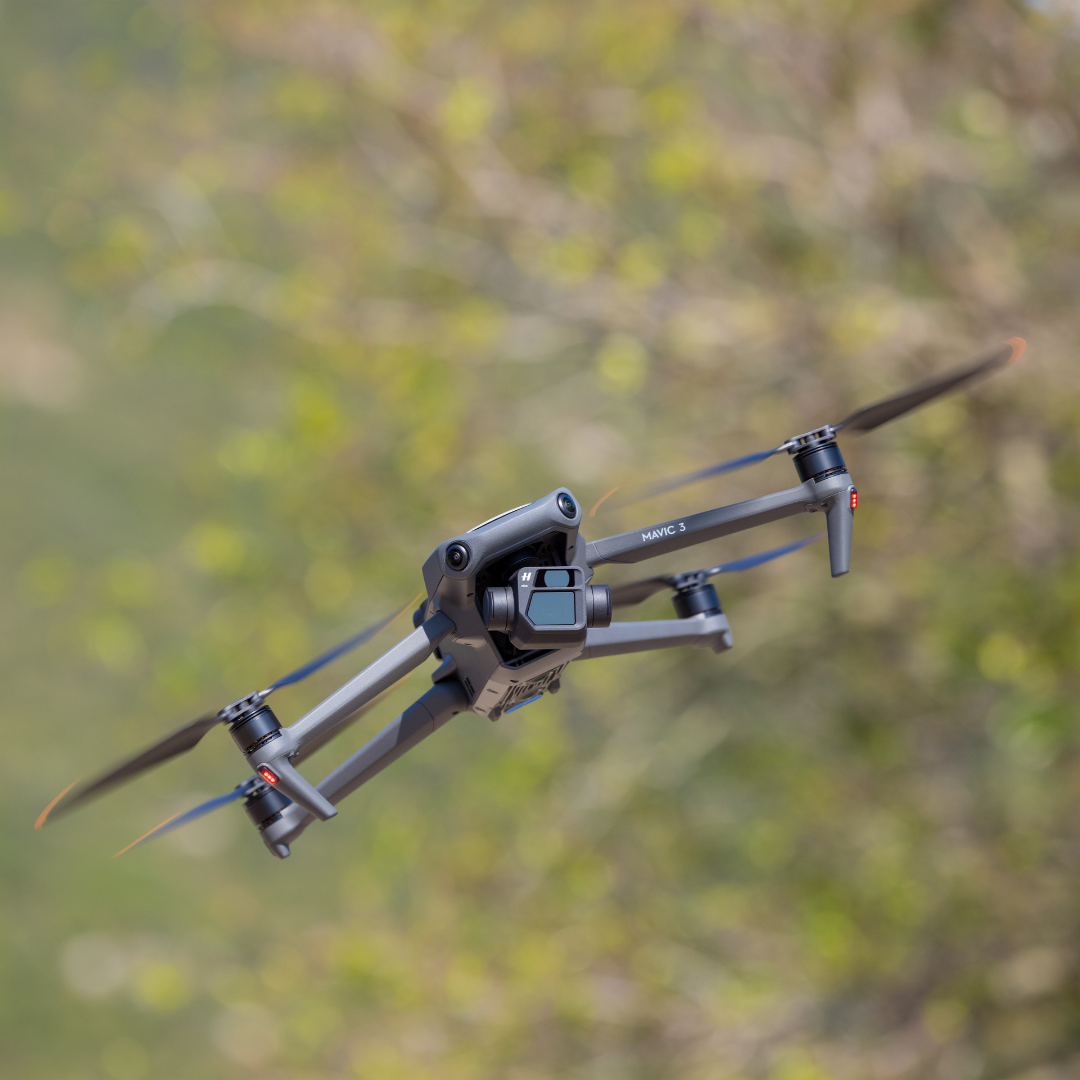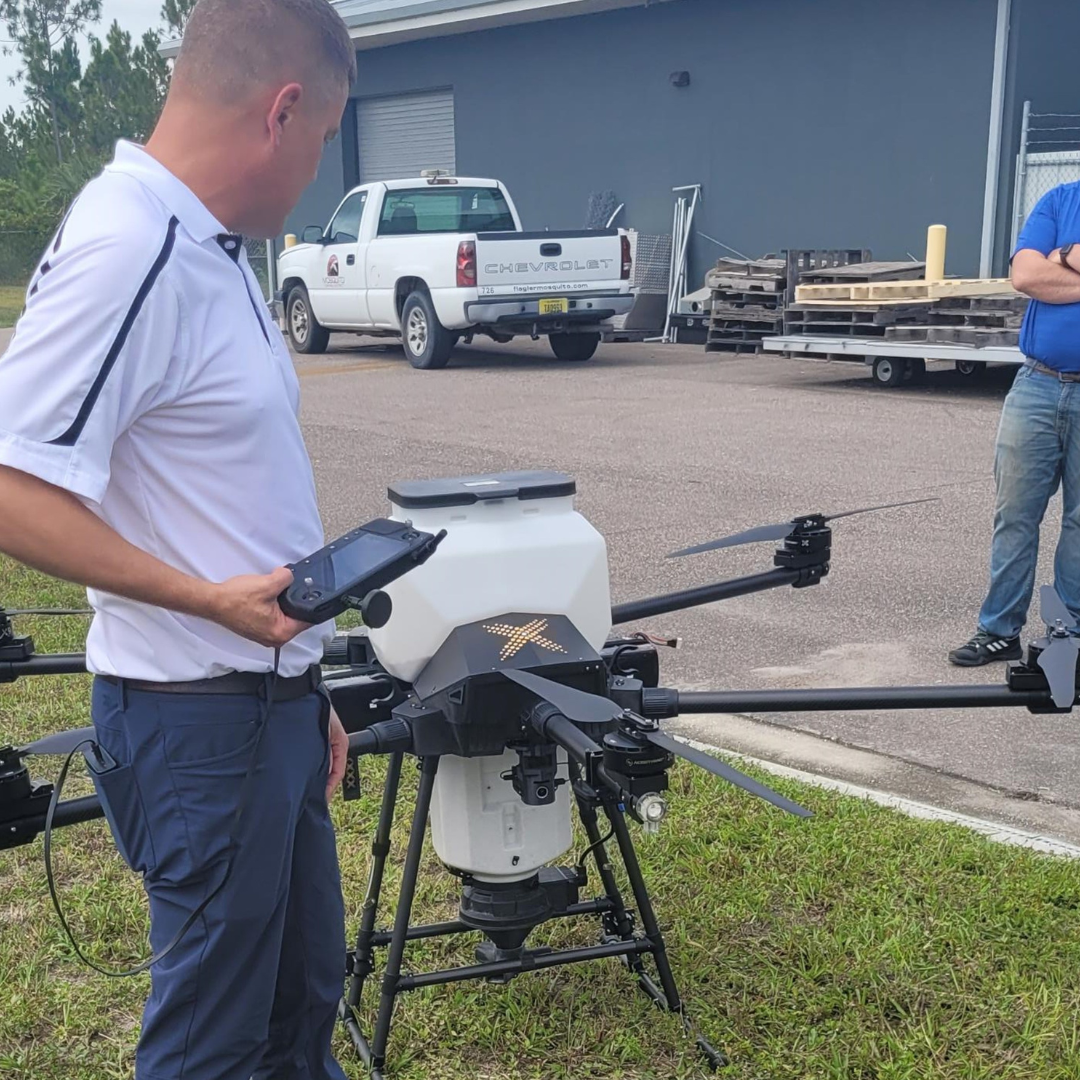About Us
Experience a blast from the past that leads to who we are today. Read all about our amazing history that dates back to 1964. Nearly sixty years later, we are still working to protect the community from mosquitoes.
South Walton County Mosquito Control District (SWCMCD) was established on May 26, 1964 by Vernon Bishop and his fellow Lions Club members. The first Board of Commissioners consisted of Mr. Bishop, Miss Lois Genevieve Maxon, and Mr. Edwin R Walline. The first Director was Mr. Aubrey Gilbert, Jr.

Located at 774 N County Hwy 393 in Santa Rosa Beach, Florida, the district dedicated itself to the control of disease-bearing mosquitoes and other insects for the comfort, health, and prosperity of locals and those visiting the area of Northwest Florida. That same dedication is still provided today. Therefore, advanced methods of surveillance, Arbovirus, Larvacide, Adulticide, Integrated Pest Management (IPM), and source reduction programs are implemented as part of our service to you.
Currently, there are 44 ditches,(31 miles) that we maintain. The 31 miles of mosquito control ditches are well preserved via mowing, cleaning, and repairing at least twice a year. Though they were originally developed in the late 1960s for source reduction, the ditches continue to aid in the fight against mosquitoes by lowering the water table thus allowing it to perculate instead of remaining on the surface.

Improving through technology ...
In 2022, SWCMCD established its first aerial program by way of Unmanned Aircraft Systems (UAS)/Drone technology. This exciting advancement has greatly enhanced the efficiency, cost effectiveness, and safety of mosquito control operations for the district.

Benefits of UAS include the following:
- Minimal human influence on sensitve lands
- More precise treatments which equals more tax payer savings
- Accurate ecological representation
- Increased technician and civilian safety
- Decreased environmental footprint
- Increased time management and situational awareness
Following the receipt of our UAS we have successfully conducted the following operations and proven the effectiveness of unmanned technologies:
- Breeding site identification
- Damage assessments
- Source site discovery
- Coordinated treatment efforts
- Vegetation Correlation

